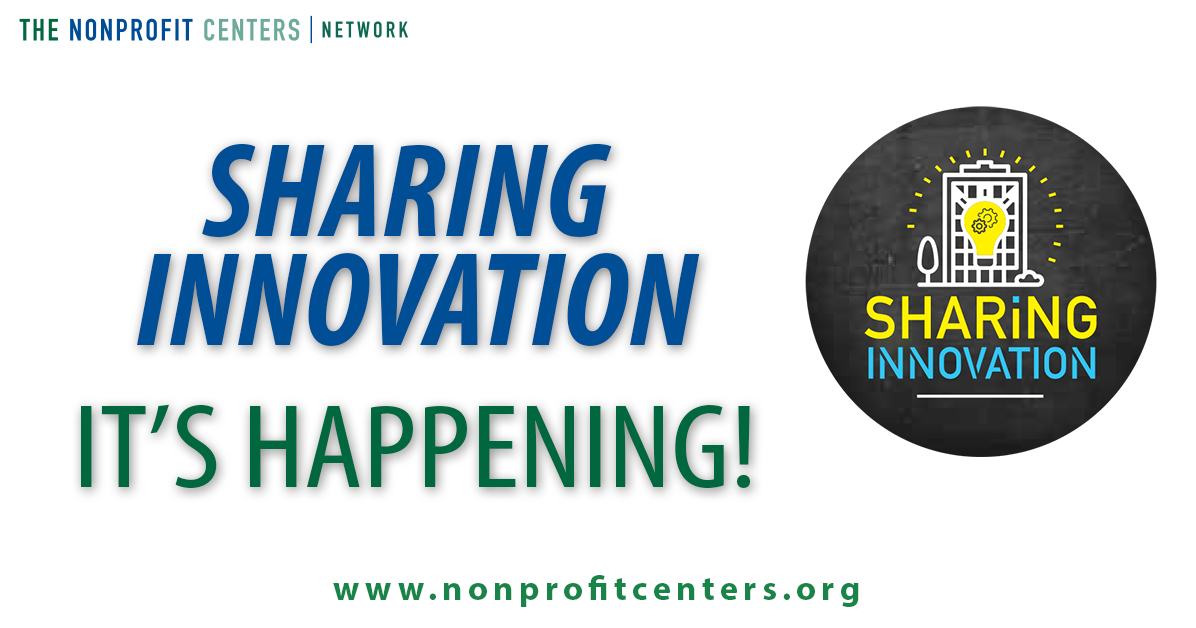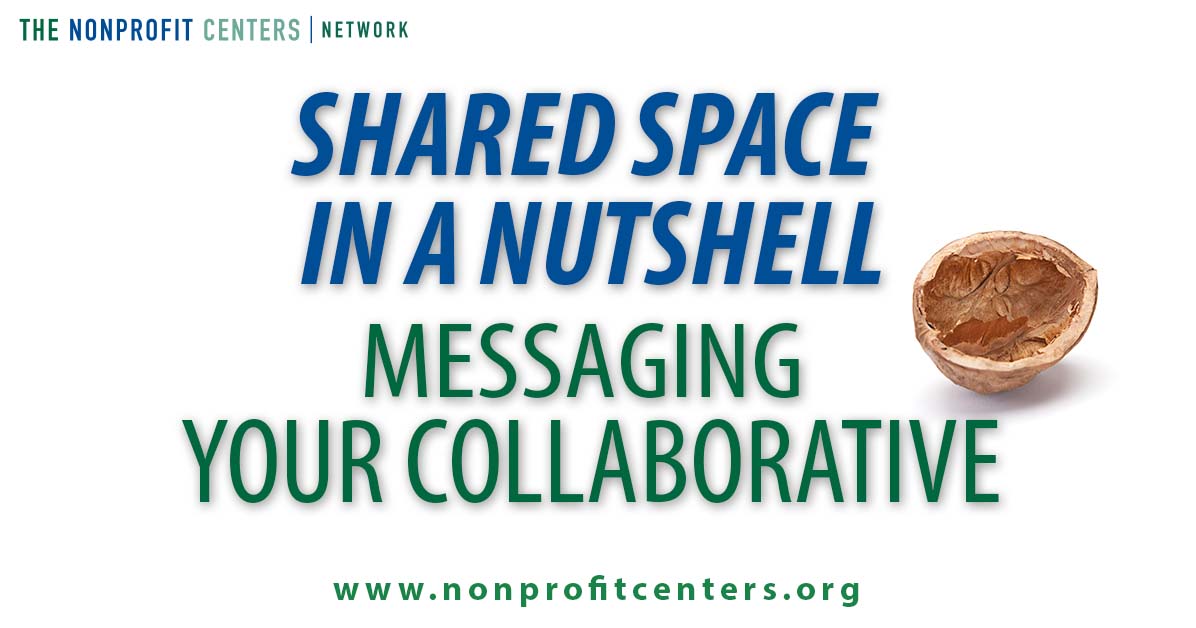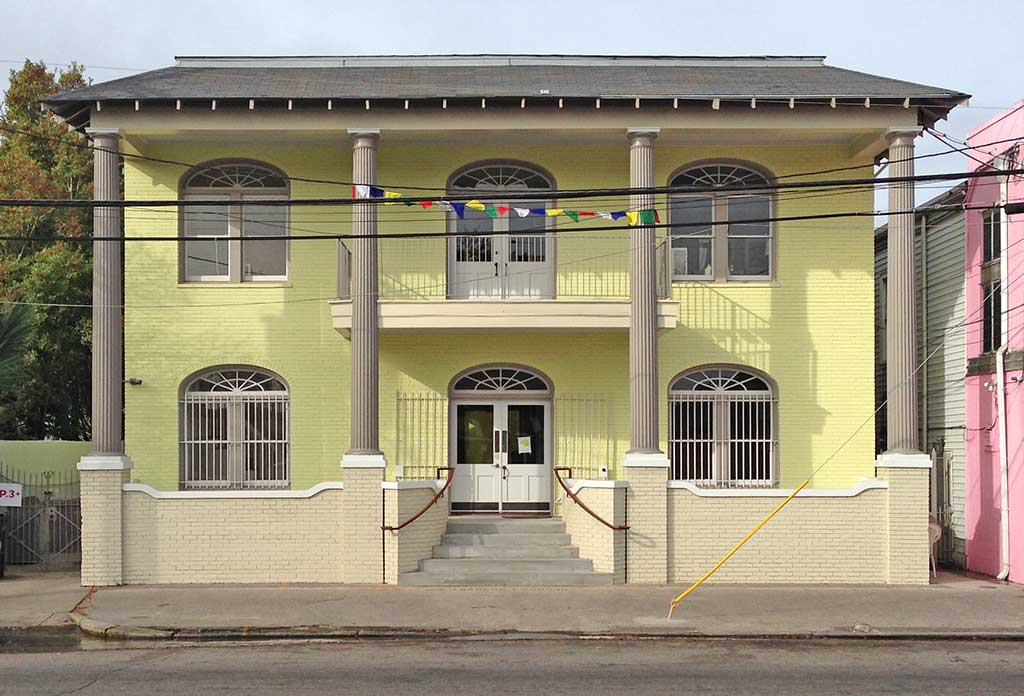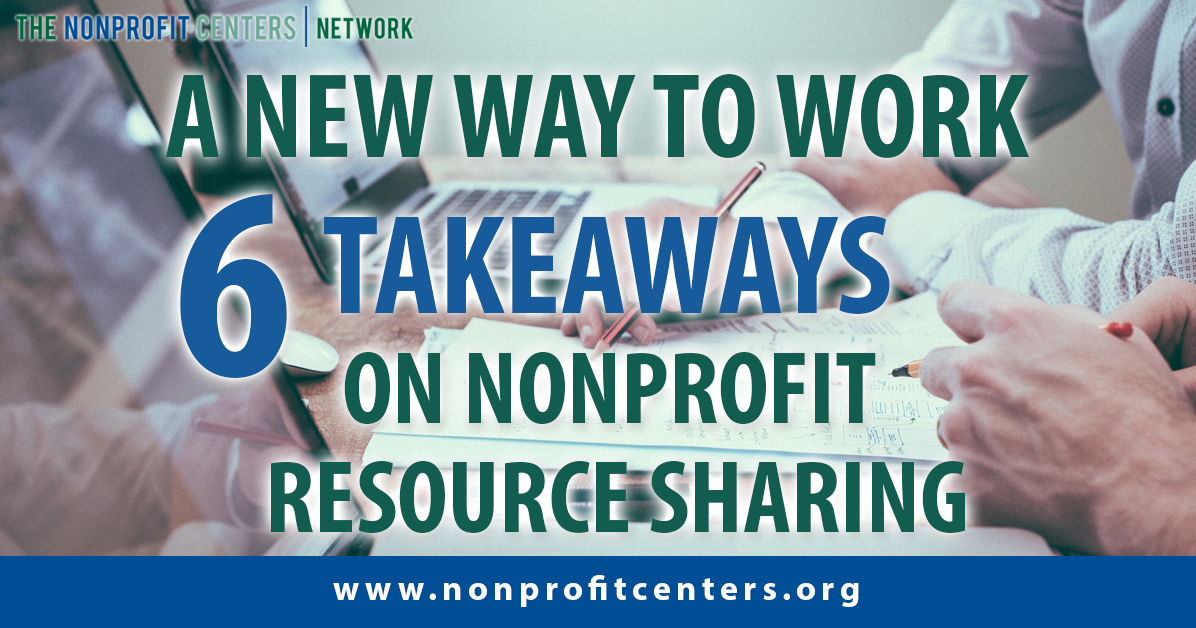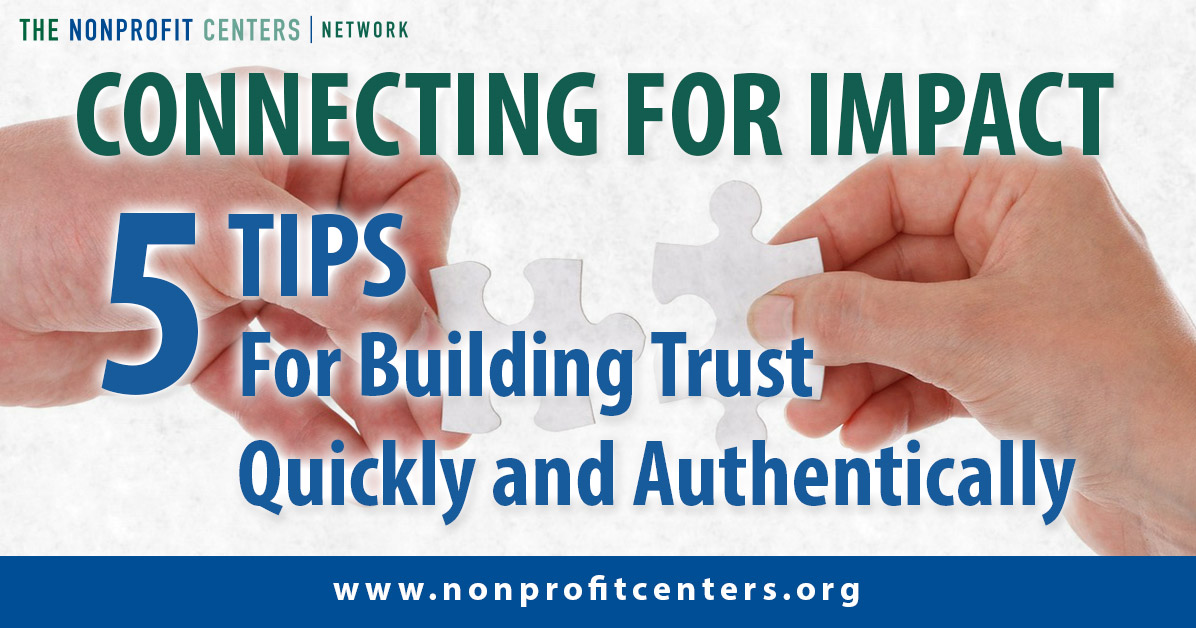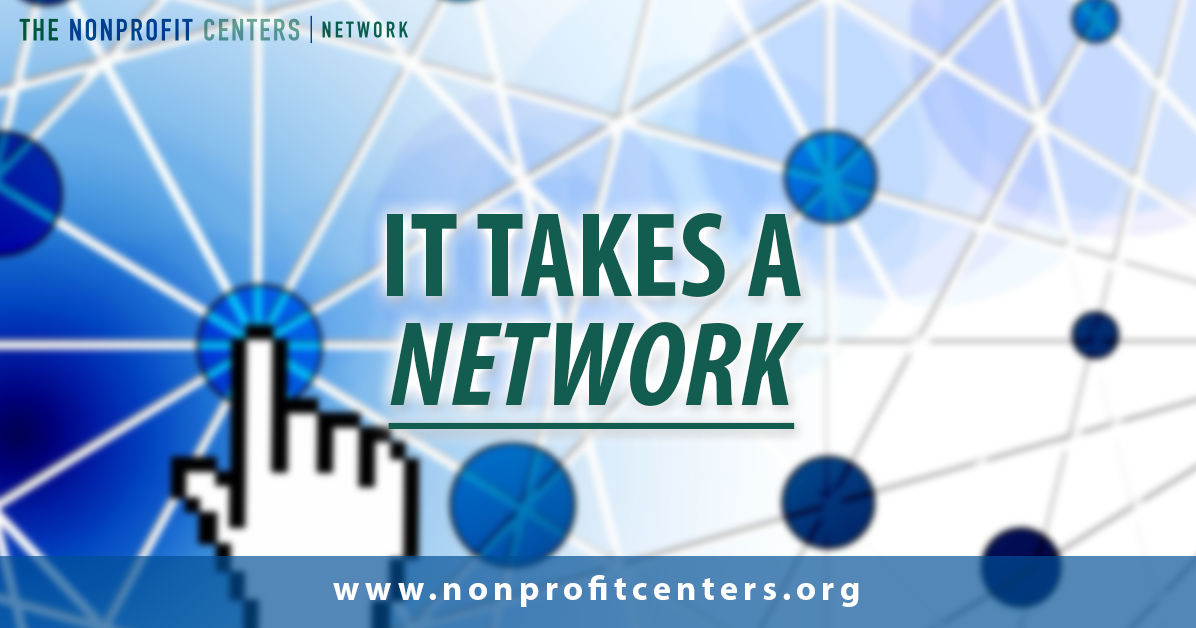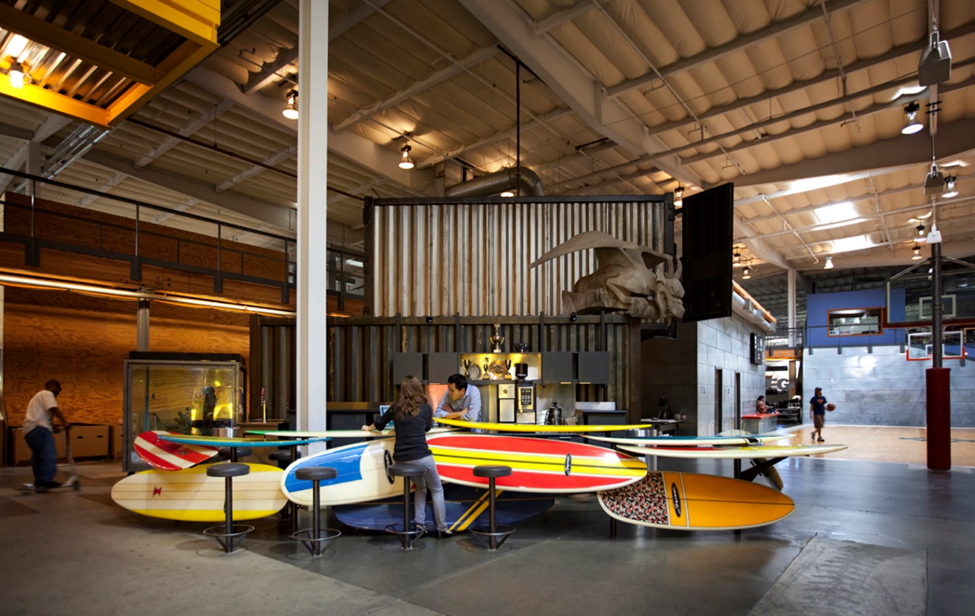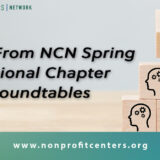
We’re super pumped at NCN about the upcoming Sharing Innovation event. It’s honestly like no event we’ve ever done before. You’ll get to hear about groundbreaking collaboration happening all over the country. No matter the size or scope of your organization, our speakers will have actionable advice and creative strategies you can tailor to meet your goals and needs. You might just get so excited you come up with your own ingenious idea…




